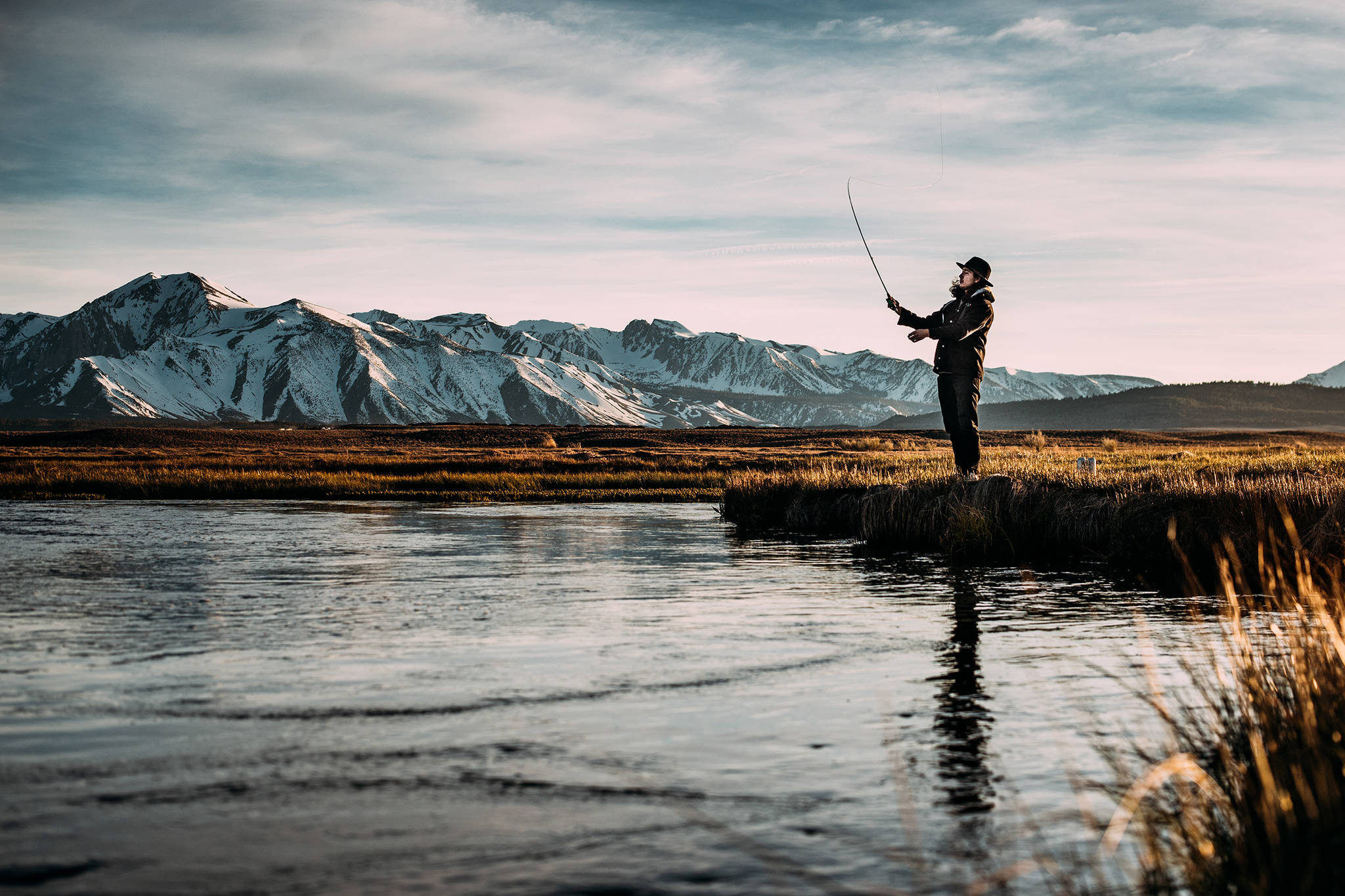The parade of oil, mining and timber advocates and prominent politicians who decry Ballot Measure 1, the initiative that addresses salmon-producing freshwater habitat, is impressive but disturbing. Their opposition follows a familiar line, one that in this case is dangerous to our economic future.
Any issue that even suggests possible restrictions or increased costs of “development,” they claim, will cause the loss of jobs and economic stress for Alaska. Locally, the Chamber of Commerce has featured speakers and now lawn signs opposing this initiative. All of this is disturbing because the assertions of lost jobs and major economic disruption have no basis in fact. Beyond simple exaggeration, these assertions are calculated political scare tactics that conjure up imaginary disasters while betting that the public will not expend the effort to understand the distortions or their consequences.
So read it! Read this initiative. Do the work necessary to determine what it does and does not do. In its details you will find that it contains, for the first time, specific standards for assessing impacts of development on and around salmon streams, that it provides for guiding development projects in ways to minimize negative impacts on important spawning and rearing habitat, that it separates minor and potentially major threats to salmon productivity, and that it does not intrude on permitted, existing developments.
Introduction of standards for freshwater salmon habitat is critical as is the ability to apply and enforce those standards. Alaska’s constitutional mandate to maintain salmon populations at maximum sustainable levels involves sustaining the freshwater portions of salmon life cycles as much as it does appropriately regulating harvest levels. As others have noted, lack of clear standards and the progressive reduction of legislative funding and policy support for salmon habitat in ADFG and DEC have rendered existing regulations indefensibly weak and even legally vulnerable. The opposition to Ballot Measure 1, funded largely by corporations that also generate sizable campaign contributions, really supports continued weakening of already inadequate protections.
The need for maintaining Alaskan salmon spawning and freshwater rearing areas is unarguable. Salmon production from the other Pacific coast states is a tiny fraction of historic levels rendering their salmon industry practically nonexistent. This result does not follow from systematic overharvest but from gradual and, in the end, wholesale removal of required freshwater habitat. That loss stems from “development” — urbanization, logging practices, mining pollution, hydropower projects and more. Little heed was paid to the freshwater needs of salmon during that toxic, incremental process.
Please observe that the fundamental argument offered by those who oppose Ballot Measure 1 revolves around its perceived threat to “development.” Apparently paying attention to impacts on salmon habitat entails unwanted inconvenience and would cost assumed jobs. Said differently, removing a portion of salmon productivity and thus eliminating existing salmon-related jobs is an acceptable by-product of development efficiency. If that constitutes an acceptable policy, especially considering the experiences in Washington, Oregon, and California, explicit public scrutiny and accountability must occur.
Fishing, with salmon prominent, remains the largest source of private sector jobs in this state. The vast majority of those “jobs” are held by residents, including the vessel owners and permit holders who operate classic mom-and-pop small businesses. They account for a significant portion of the economic input in this community and, incidentally, do not ride buses to the airport and depart carrying every paycheck with them. They also do not, individually or collectively, contribute in five or six or seven figures to political campaigns.
Fishing as an industry is somewhat unique politically in that representation does not concentrate in the interests of one or a few large corporations. That is relevant here because another argument opposing Ballot Measure 1 asserts that laws should originate in the Legislature, not by initiative. However, with the existing corporate opposition, attempts to forward this subject through the current Legislature or administration have gained little traction. Until this ballot measure introduced them, these salmon resource issues had not received general attention. Thus, as a means for concerned citizens (some 50,000 signatures) to influence official policy regarding Alaska’s iconic resource, this initiative is the sole viable remedy.
Despite the distractions, Ballot Measure 1 deserves your solid support.
• Jev Shelton is a 48-year resident of Juneau and a fisherman with extensive public involvement in salmon resource issues. My Turns and Letters to the Editor represent the view of the author, not the view of the Juneau Empire.
• Jev Shelton is a 48-year resident of Juneau and a fisherman with extensive public involvement in salmon resource issues. My Turns and Letters to the Editor represent the view of the author, not the view of the Juneau Empire.

